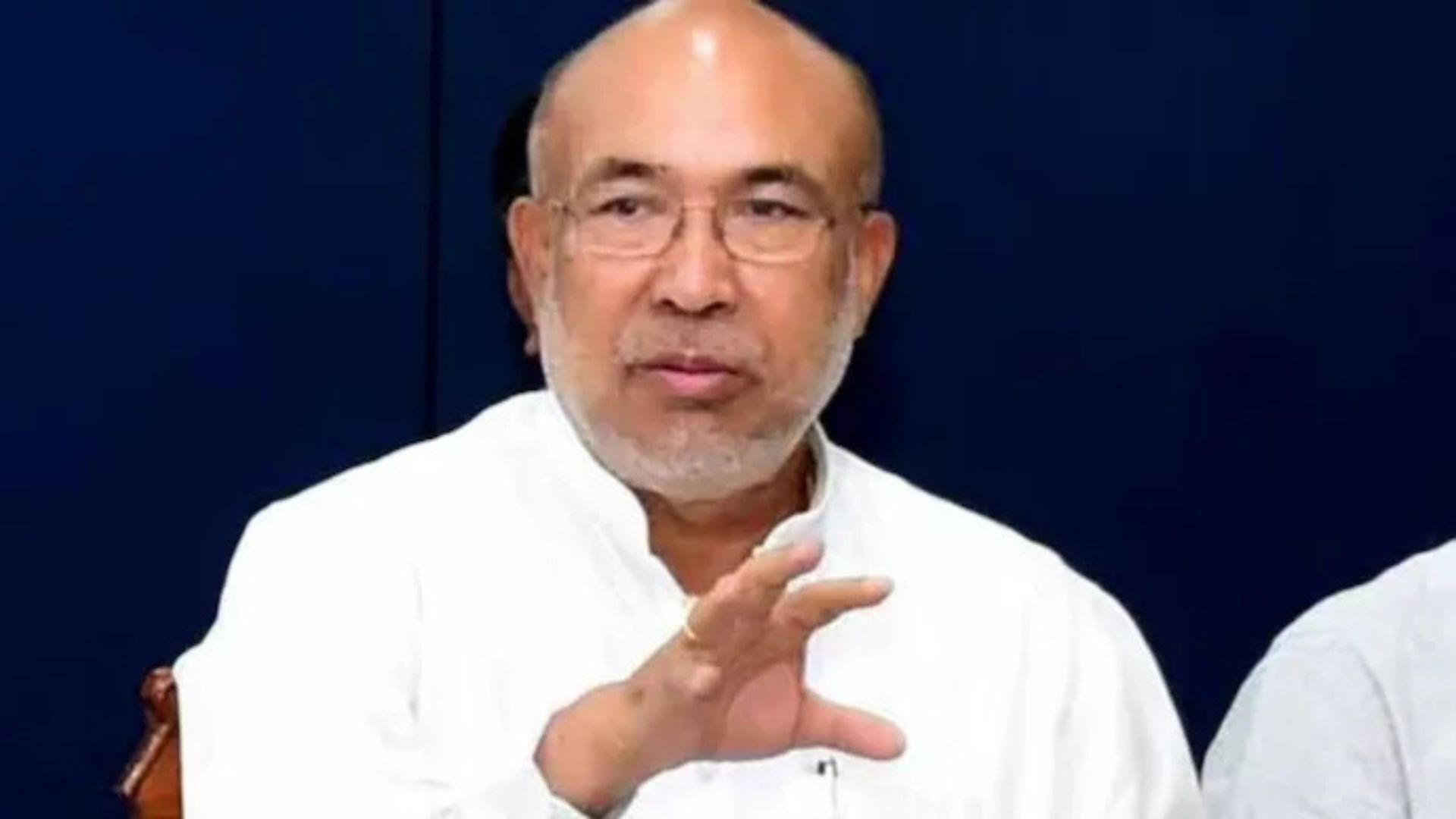
Accessing public spaces as a non-cis – heterosexual male invariably means that one experiences instances of cat calling, whistling, and familiar sights of groups of men singing Hindi songs filled with double entendre and sexual innuendos. Then arrives the ‘advice’ that is thrown especially at young girls on how to protect themselves in streets rampant with cases of sexual harassment. The solution to the problem is not to curb the harassment itself but to police the daily routine and behaviour of the harassed.
These said advice are deeply rooted in patriarchal understandings of sexual crimes, which not only dictates to women how these crimes must be prevented but also extends into imagining how an ideal survivor of a sexual crime must behave – wailing, fighting, and ready to take her own life. This is because patriarchy will have you believe that it is not violence that has been inflicted on the woman, but it is her very raison d›etre that has been snatched away from her. Dialogues and debates in the past years and tireless work by feminist scholarship and activists have managed to question the patriarchal grounds on which these imaginations stand, providing a fillip to the idea that our perception of a sexual crime plays a hugely significant role in building our response to it.
In the past year, the resurfacing of new evidence in the State of Kerala VS Sunil N.S. case, the judgment pronounced in Bishop Franco Mulakkal vs. the State of Kerala by the Kottayam sessions court, and the RIT foundation vs. UOI and other committed matters petitions filed in the Delhi High court, has raised critical questions regarding gender equality and the destruction of patriarchy or its lack thereof. Even as each case deals with its own unique circumstances, a common thread is the ways in which the issue of sexual assault and rape is viewed and understood by both the courts and the public.
Rape is about both sex and power. Sex and power closely intertwine, contributing to the formation and sustenance of cis – heterosexual masculinity, which is prevalent and promoted in patriarchal societies. Being ‘manly’ within a patriarchal system, not only involves being powerful but also exercising this power on non–cis heterosexual bodies via violence, in order to ensure the maintenance of the patriarchal power structure. Simultaneously, being a powerful man is linked to virility, and power is reiterated by inflicting violence on the female body. Femininity, then, is created and imagined, by patriarchal institutions, as the direct contrast to the idea of ‘power’, thus being replaced by ‘docile’ and subjected bodies. Thus, the construction of traditional patriarchal ideas of masculinity and femininity stands on a tripod of sex, power, and violence.
Patriarchal imagination of gendered bodies leads to the formation of the image of the ‘perfect survivor’. In the absence of a reflection of this image, in a survivor, allegations of sexual assault are doubted and questioned. I argue that it is when the court’s understanding of rape and rape – survivors are deeply embedded in patriarchal imaginations, that judgments like the one in the Bishop Franco Mulakkal vs State of Kerala case emerge, where the survivor is subjected to victim shaming – by forcing them to undergo practices like breast examinations and bringing up of past speculations of sexual history.
Power and sex while creating the idea of masculinity also forms the ideal of the monogamous heterosexual family unit, where at the center is the man and his power. The most often made argument against criminalizing marital rape is that it will destroy the perfect ‘Indian family’ and that one must not look to jurisdictions in the global north as precedents. The discourse of rape as both an act of power and sex then, affords us to ask this question – for whom exactly is the current Indian family and marital rape exception to the rape law perfect? Since masculinity and femininity are closely interlinked not only with sex but also power, marital rape is not a question about marital sex as much as it is about the patriarchal forces that govern family units and the institutional violence that marks the bodies of women, ensuring that men can sustain their power and hence their ‘masculinity’.
Ultimately, no inequality stands without violence being used to reinforce the status quo, and the courts might do well to remember this as we hope it reimagines the family, which for most of us are spaces where we first experience violence and discrimination. And in doing so, we hope that the courts re-establish the dignity of the individual and equality of status within family structures too. As long as we understand rape in a vacuum, ignoring how it sustains a specific kind of masculinity and femininity that supports and sustains the institution of patriarchy, we will always fall short of achieving feminist jurisprudence.
After all, when the Constitution of this country was created, its creators had two options; to form a state that consolidates different forms of domination and thus create a patriarchal, upper-caste majoritarian state or to form a state based on values of equality and non-discrimination which would effectively battle these tendencies and minimize domination. Despite the strong presence and heavy backing of the former, our Constituent Assembly chose for our nation to be the latter. Now, it falls on us, as institutions of state and justice and as constitutional citizens, to ensure the latter’s imagination of our country, the Constitution’s project that is India, not only survives but thrives. This project will not be achieved as long as the court’s understanding of rape is rooted in patriarchy, the very social structure that the Constitution challenges and disrupts, and hence the courts must constantly seek to disrupt and destroy.
(The author is a domain expert in gender issues)















